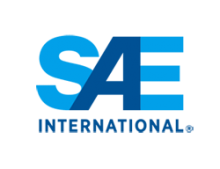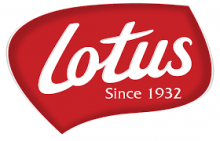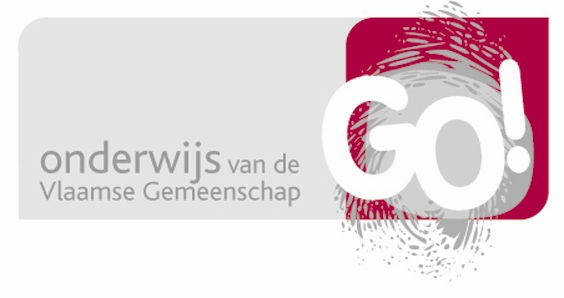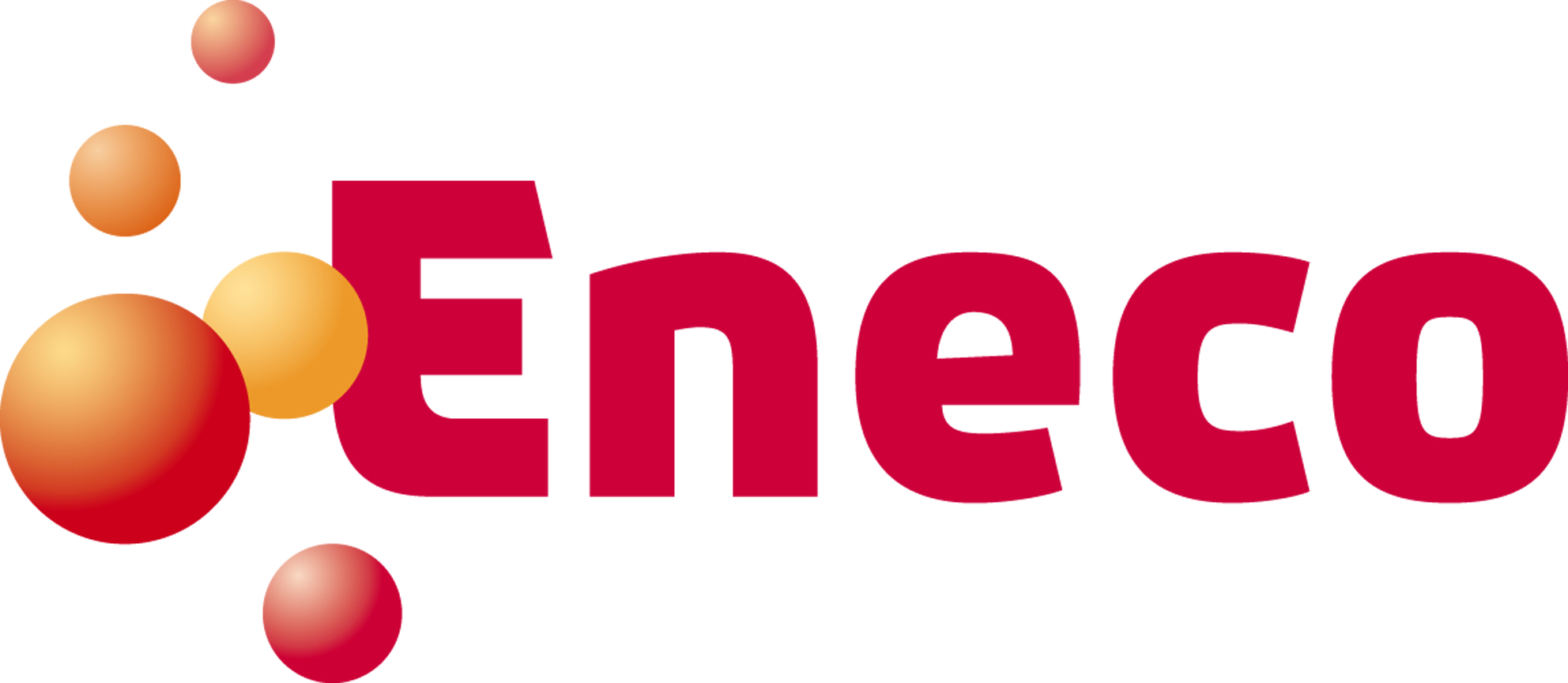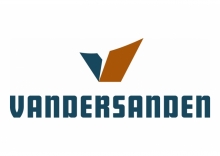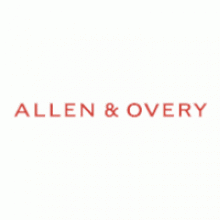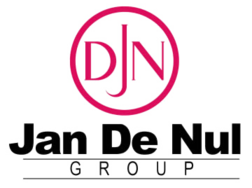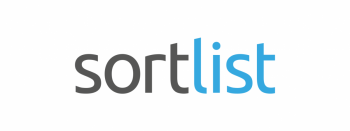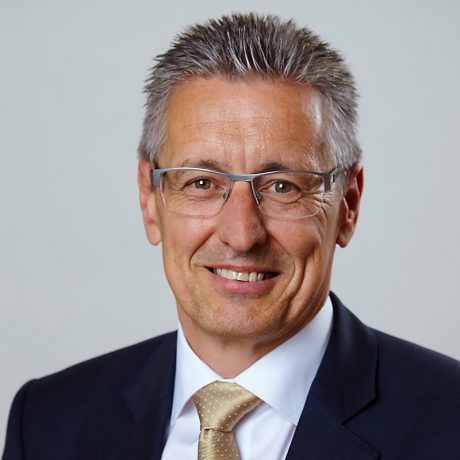For the 4th time in a row, FINN analysed how over 50 of the largest Belgian companies reported on their carbon emissions. After rather steady progress in the Covid years, we now observe an acceleration in sustainability communication.
This is due to pressure from regulation (the upcoming CSR Directive), but also due to a shift in the thinking about sustainability and the place it occupies in business management.

For this research we compared the way Belgian companies communicate on their sustainability efforts and CO2 emission reduction, in annual reports, sustainability reports and on their websites (for the full methodology, see below)
Key findings
1. Crowded at the top, lonely at the bottom
More than half (51%, representing 27 companies out of 53) are in the absolute top tier (versus 40% last year): these companies defined numbered CO2 targets for 2030 or earlier, and share numbered action plans to reach that goal. They also refer to the Science-based Targets initiative (SBTi), a collaboration between the Carbon Disclosure Project, the UN Global Compac and WWF, among others. The SBTI is now the undisputed gold standard when it comes to sustainability targets.
SBTI is now the undisputed gold standard when it comes to sustainability targets
Last year there were 5 newcomers to the top, this year there are 8: a sign that professionalization is accelerating. Increasingly, we see non-listed companies in this top tier, such as Beaulieu (the highest climber), Jan De Nul, Besix, and Ethias.

70% (more than 2/3) are not quite in the top tier but almost: these companies meet the same criteria as the leading group, just without reference to SBTi – also a 32% increase over 2022.
Only 3 companies now remain in the lowest category, compared to 12 in the 2022 ranking. It’s becoming lonely at the bottom…
2. ESG, an ecosystem-wide effort
For the first time, a top result of 34 companies cover ‘scope 3’ of their emissions, a 30% increase compared to last year. Scope 3 includes indirect emissions up and down the value chain, such as transport and distribution, purchased goods, waste disposal etc.
Scope 3 is considered the hardest part of reporting, as it includes behavior from suppliers but also from customers and partners. An indication that the reporting is maturing and that companies look beyond their own operations to the ecosystem they are operating in.
Sustainability reports are increasingly becoming the fruit of the collaboration between the entire corporate ecosystem
Where 3 years ago one could still easily find references to internally focused activities such as ‘car-free days’, we are now seeing a network-oriented business philosophy.
A few quotes:
We want to support our airport partners and the wider aviation sector in reducing their emissions.
Brussels Airport
As such, our goal is to inspire our customers to accomplish their sustainability ambitions and, in doing so, to create, together with our customers, the greatest possible impact.
Belfius
We look at two things: how we can produce sustainable energy as a company, and how we can give consumers access to sustainable and affordable energy.
Colruyt
3. Sustainability as a growth strategy
In the latest reports, we cannot help but see a trend that sustainability has become part of the business growth story.
Agfa Gevaert for instance symbolically puts its non-financial report before its financial report, stressing that it’s ‘growing sustainably’. Ackermans & van Haaren opens its annual report with the tagline ‘Your partner for sustainable growth’.
A cynical mind might conclude that sustainability is the new black, and that’s probably (partly) true.
On the other hand, we increasingly see CEOs and senior functions involved in the sustainability story, an indicator of the increasing importance of the topic on the agenda of the C-level.
86% of CEOs believe that taking action on ESG creates additional commercial and societal value
onderzoek van Bain & Company
A recent survey of Belgian CEOs by Bain & Company showed that 95% of the Belgian CEO recognize that they can and must do more in terms of ESG, and that 86% believe that taking action on ESG creates additional commercial and societal value.
4. More and more labels in sustainability reports
With the proliferation of standards and frameworks, the overall professionalization of sustainability reporting is evident.
The UN Sustainable Development Goals (SDGs) are mentioned in almost every report, and references to regulatory compliance, materiality assessments, and the EU taxonomy are becoming more prevalent.
We already mentioned that the position of SBTi as the gold standard is gelling: half of the companies in our research now use it as a framework.
However, this proliferation of labels and frameworks creates challenges when it comes to comparing apples to apples. There are ISO certifications, labels from ESG rating suppliers such as Ecovadis, local variants,…
Proliferation of labels makes comparison difficult
Efforts are underway to address this need for standardization, more specifically the European Sustainable Reporting Standards (ESRS) initiative, and that is not a moment too soon.
More recently, the European Commission also adopted a proposal to regulate ESG ratings providers to improve the reliability, comparability and transparency of ESG ratings.
Trends and reflections
Greenhushing: preferring silence to reporting on sustainability?
On an international level, there are concerns about the phenomenon of ‘greenhushing‘, where companies refrain from disclosing their ESG efforts due to stricter regulations and potential risks associated with greenwashing.
Some companies have been criticized for making promises without concrete plans or transparent efforts to address environmental challenges.
We noticed that a few Belgian companies too do not (yet) follow the trend toward more sustainability reporting. It may well be that here too, companies choose to remain silent about their carbon emissions and sustainability initiatives.
Interesting in that regard was Barry Callebaut‘s communication in May this year, which was to postpone its promise for 100% sustainable chocolate by 2025. After the ‘profit warnings,’ we think we will see more and more ‘sustainability’ or ‘carbon warnings’ in the future.
The hardest challenge: decoupling growth and emissions – with innovation
Despite the obvious progress, the challenges remain great.
Especially now that companies are embarking on Scope 3 emissions: the hardest work is still ahead of us there. The biggest question will be how, as a company, you decouple the growth curve from the CO2 curve. How can a company increasing its turnover, sell more products, with fewer CO2 emissions? That will be the real challenge for the next few years.
It’s obvious that innovation will be part of that answer.
In the sustainability reports today, we already see that companies increasingly recognize the need for innovation to achieve CO2 reduction targets. References to carbon capture, carbon farming (Milcobel), and studies on CO2 process emissions absorption (Carmeuse, Lhoist) indicate a growing focus on innovative solutions.
A secret weapon to attract talent
Research from the House of HR shows that oil and gas companies are the new tabacco industry in terms of attractivity for talent. Renewable energy, on the other hand, tops the list of most attractive sectors to work in.
Another survey, from Deloitte, shows that climate change and environmental sustainability are decisive factors in choosing an employer for the youngest generations on the job market, the -40-year-olds.
It’s safe to say that the ability to attract (young) talent is linked to a company’s commitment to sustainability. An interesting paradox lies here: especially for engineers, the biggest challenges can be found in the ‘old school’ industries. If you can make it there, you can make it everywhere.
FINN: your communications agency for ESG and sustainability reports
Questions about your ESG or sustainability reporting? FINN can support with different aspects and channels, from readiness support to reports and CEO communication. Don’t hesitate to reach out to exchange ideas!
- CSRD readiness support
- GRI compliance consulting and implementation
- End-to-end partner in ESG reports: from frameworks to finished report
References include: AB Inbev, La Lorraine, Lhoist, Vandersanden, Saint-Gobain Belgium, Spadel
Methodology
We included companies with a Belgian capital base whose size is measured on the basis of their 2019 turnover. We removed financial holding companies and trading companies from the sample.
We based our analysis on the latest annual reports published before 6 June 2023 (both financial and CSR/sustainability), and on the corporate websites of these companies.
We analyzed them using 7 questions:
- Does the company express a commitment to sustainable development and/or present concrete initiatives?
- Does the company engage in specific sustainability reporting, including quantitative data?
- Has the company published its carbon footprint, with supporting figures?
- What is the scope (1, 2, 3)?
- Does the company communicate clear and quantified CO2 reduction targets (at group level)?
- Does the company communicate numbered carbon reduction action plans for 2030 or closer?
- Is there an explicit reference to SBTi?
The purpose of our research is not to judge decarbonization ambitions, their alignment with the objectives of the Paris Agreements, the choice of “metrics” or the credibility of the plans undertaken by companies, but rather the way they communicate on this subject.
